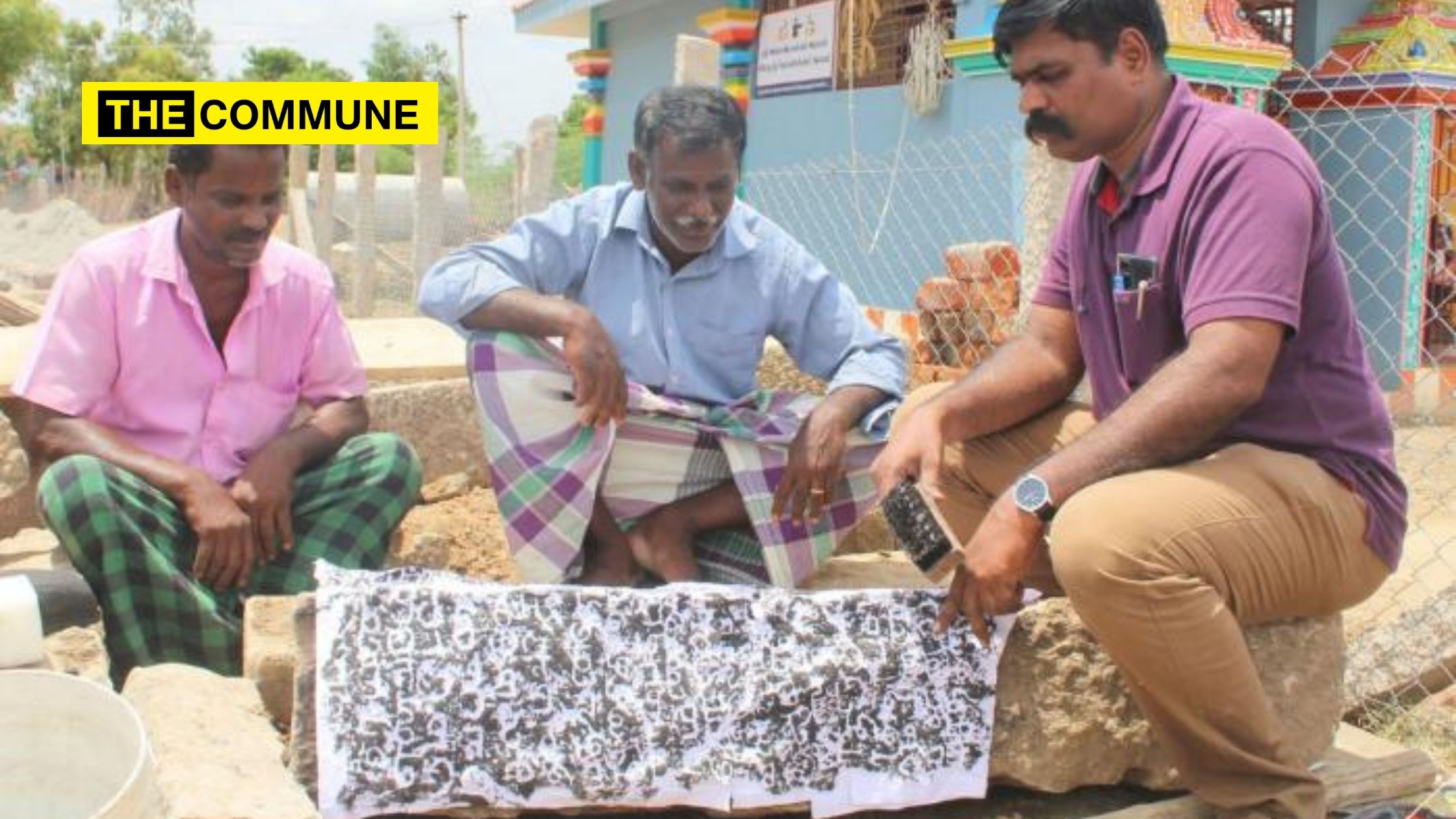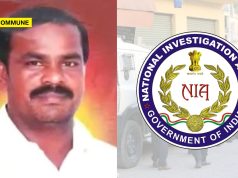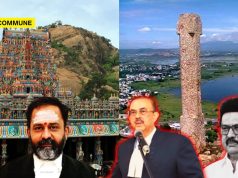
A stone inscription dating back to the 17th century AD that was found in Pattamangalam near Thiruvananthapuram in Ramanathapuram district’ was found to be engraved with an inscription stating that ‘he who destroys a pond will get the sin of killing a cow’.
In the past, it was considered the duty of mankind to dig and preserve ponds.The ancient inscription that was found at Pattamangalam near Thiruvananthapuram in the Ramanathapuram district tells the story of a man named Thugavoorudaiyaan who dug a pond and named it “Udayan Nayan”. It describes how he went on to donate it for public use.
V. Rajaguru, President of the Ramanathapuram Archaeological Survey, copied and examined the inscription after receiving intel from Pattamangalam Kamaraj that there was an inscription on a pillar 4 feet long and 1 foot wide which was uncovered while digging the pond in front of the Pattamangalam Shiva Temple near Thiruvananthapuram, Ramanathapuram.
“Inscriptions are engraved on both sides of the pillar. The 40-line inscription begins and ends with u. In the inscription, the Tamil year is mentioned as the 14th day of the Sarvatari year, January. It can be predicted to be dating back to AD 1648.” Rajaguru was quoted saying in a report.
He continued, “The inscription says the following, ‘According to Arumbur, Nayanayan of Kaliyaneri Dugavoorudaiyan Ponni Adaippar has dug a pond named Udayan Nayan in this town. In it, it is mentioned that the one who does not preserve this pond will incur the sin equal to killing a Brahmin and the holy cow on the bank of the river Ganga’. The inscription also refers to the pond as Ayiraveli Dhanmam and describes that those who preserve the pond will be blessed until the moon and the sun are exist. It also says that they will incur the amount of blessing equal to saving a woman in trouble if they preserve this pond. It is worth mentioning that there is a village nearby called Ayiraveli.”
He added that Kaliyaneri, mentioned in the inscription, is located 2 km west of Pattamangalam. “It is a ghost town that used to flourish in the past. Thugavoorudaiyaan Ponni Adaippar Udaiya Naayanayan, who belonged to Kaliyaneri, may have been the royal representative of the Sethupathis. Both Koothan Sethupathi and Thalavaai Sethupathi are discovered to have had the epithet “Naayan” as per the inscriptions in the stone.” he said.
Rajaguru concluded, saying that it is noteworthy that Arumbur koottram, which were a subcaste of the Pandiyar and were earlier found in the stone inscriptions belonging to the reign of Sundarachozhan, were also found to be mentioned in the Sethupathi inscriptions. “During the late 13th century AD Pandyan period, the old Shiva temple of this town, which was entirely built of bricks, was completely demolished and rebuilt. Medieval pottery tiles were also found around the ruins of this temple.” he said.
(with inputs from Hindu Tamil)
Click here to subscribe to The Commune on Telegram and get the best stories of the day delivered to you personally.




